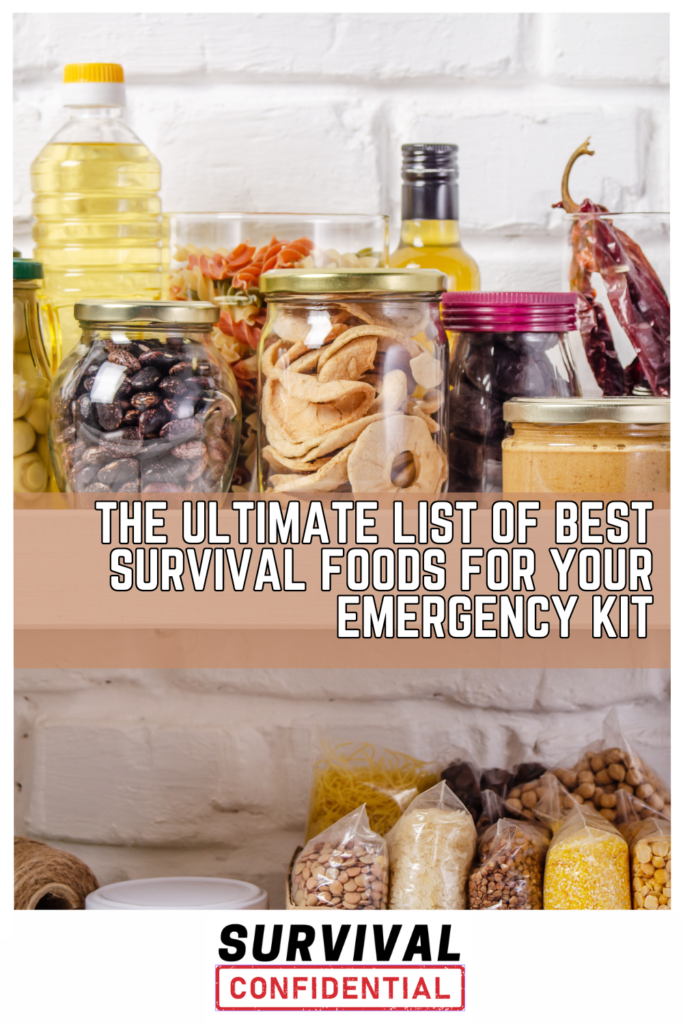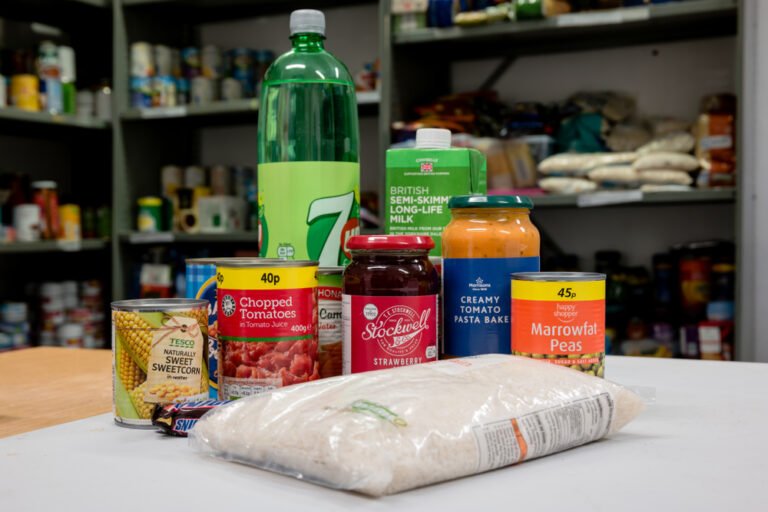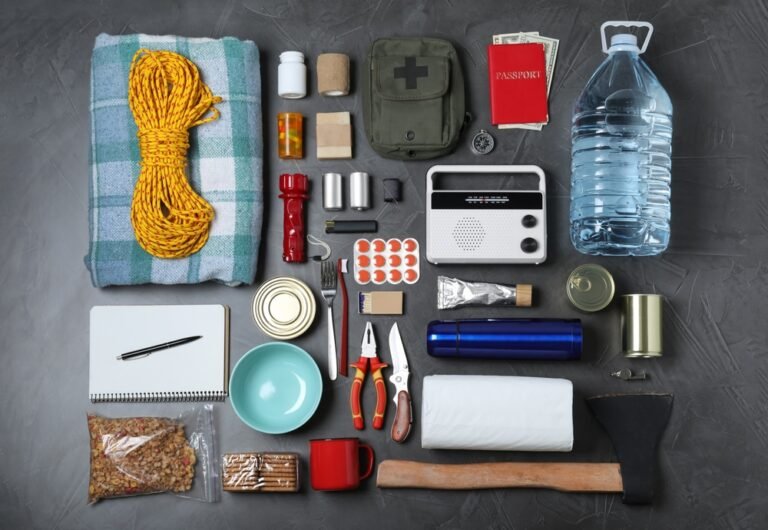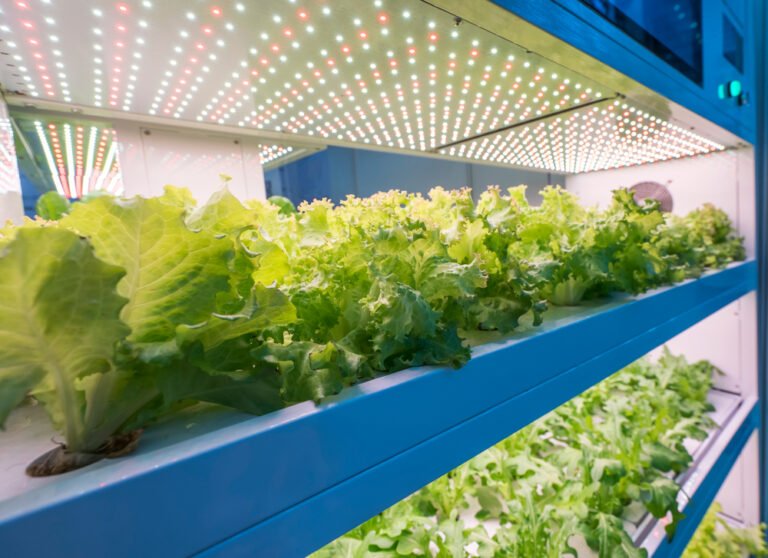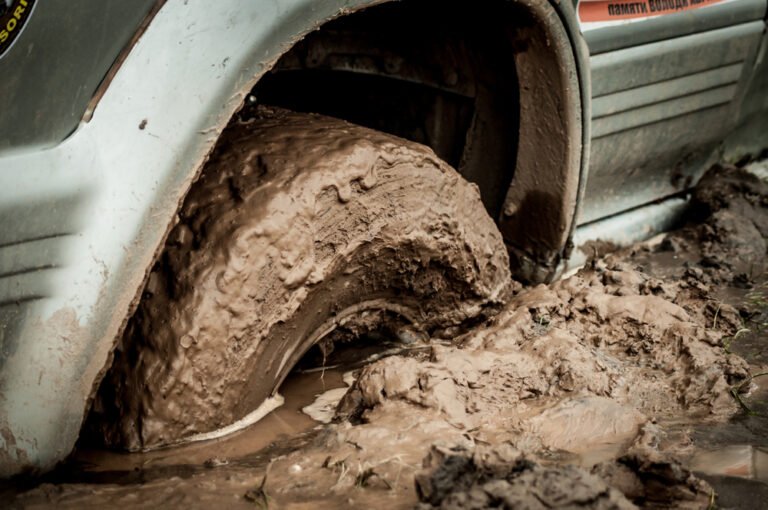The Ultimate List of Best Survival Foods for Your Emergency Kit
Understanding the Importance of Survival Foods
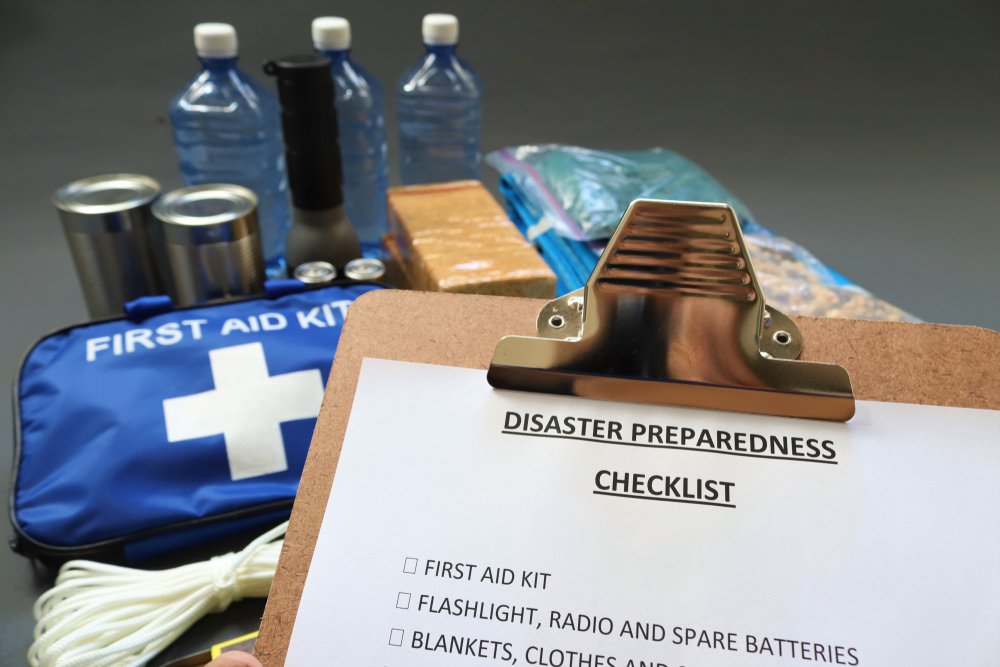
As a survival enthusiast, I can’t stress enough the importance of being prepared for any situation. Survival foods are not just for extreme adventurers or those expecting a catastrophic event. They’re about ensuring safety and sustenance in any unforeseen circumstances, such as natural disasters or power outages. Having a well-thought-out survival food kit can make all the difference in these situations.
Key Characteristics of Survival Foods
The best survival foods share certain essential characteristics: long shelf life, high nutritional value, easy storage, and minimal preparation requirements. When selecting items for your survival kit, consider these factors to ensure that you have a reliable and efficient food supply in times of need.
Essential Survival Foods
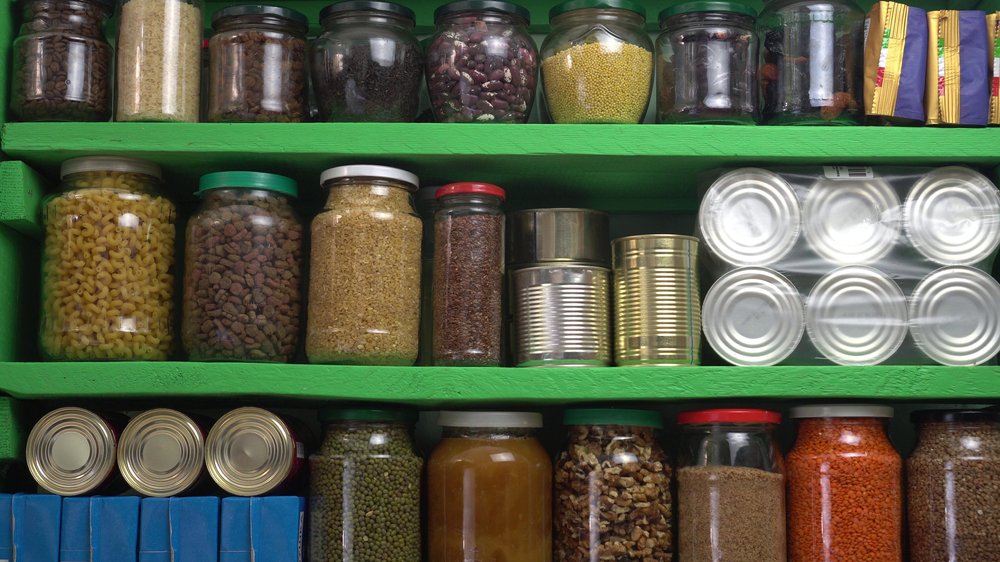
Water: The Essential Resource
Before we dive into food, let’s not forget about water – the most crucial survival resource. In any emergency, ensuring a safe and sufficient water supply is paramount. It’s recommended to store at least one gallon of water per person per day for drinking and sanitation. Consider having both portable water containers and purification methods like filters or tablets.
Grains: Long-Lasting Staples
Rice: A Versatile Must-Have
Rice is a survival food staple due to its long shelf life and versatility. It’s a great source of energy and can be used in countless recipes. White rice is preferred for long-term storage as it can last up to 30 years when stored properly.
Wheat and Flour: Basics for Bread Making
Wheat, especially in its whole grain form, is another essential. It can be stored for years and ground into flour for making bread and other baked goods. Having a manual grain grinder is a good idea for preparing flour without power.
Legumes: Protein-Rich Powerhouses
Beans: A Diverse and Nutritious Option
Beans are a fantastic source of protein and fiber. Dried beans have a long shelf life and can be cooked in various ways. They are also lightweight, making them ideal for both storage and transportation.
Lentils: Quick-Cooking Nutrition
Lentils cook faster than most other legumes and don’t require soaking. They are packed with protein, essential minerals, and fiber, making them a nutritious component of any survival diet.
Canned Goods: Ready-to-Eat Reliability
Vegetables: Vital Nutrients in a Can
Canned vegetables are a great way to ensure you have a variety of nutrients in your diet. They can be stored for several years and are ready to eat, making them incredibly convenient.
Meats: Preserved Protein Sources
Canned meats like chicken, tuna, and ham provide essential protein and can be stored for years. They are ready to eat and can be added to various dishes for a hearty meal.
Dried Foods: Lightweight and Nutrient-Dense
Fruits: Sweet and Energizing Snacks
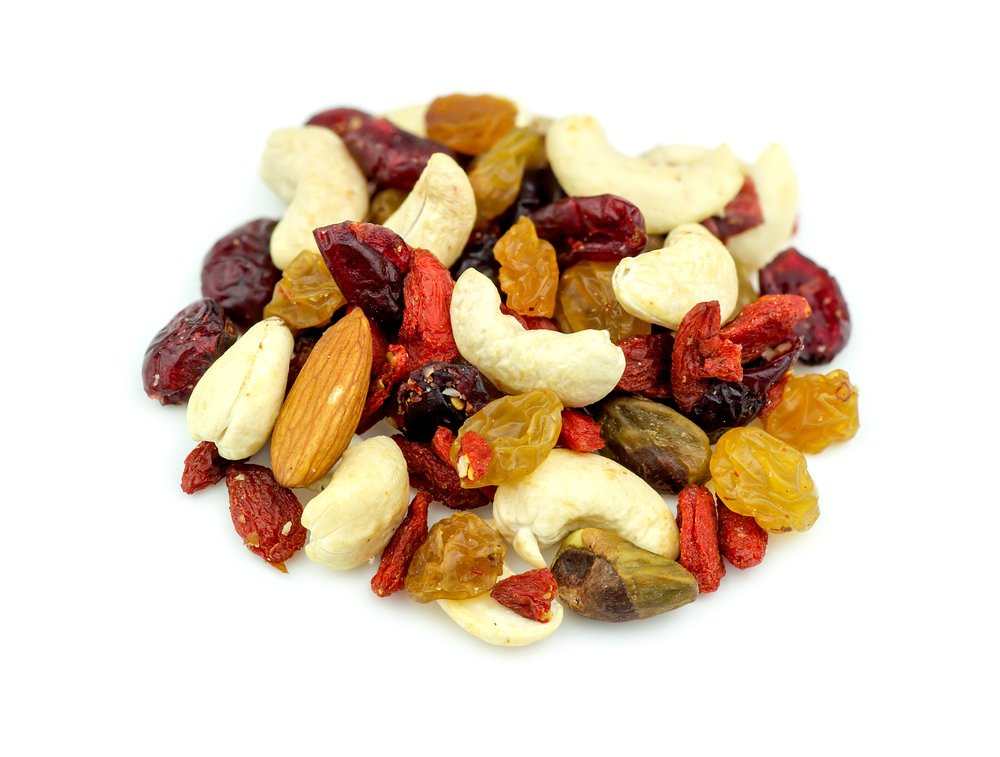
Dried fruits like raisins, apricots, and dates are not only sweet treats but also packed with energy. They are rich in natural sugars and nutrients, providing a quick energy boost. Plus, their lightweight and compact nature makes them perfect for survival kits.
Meats: Jerky and Dried Options
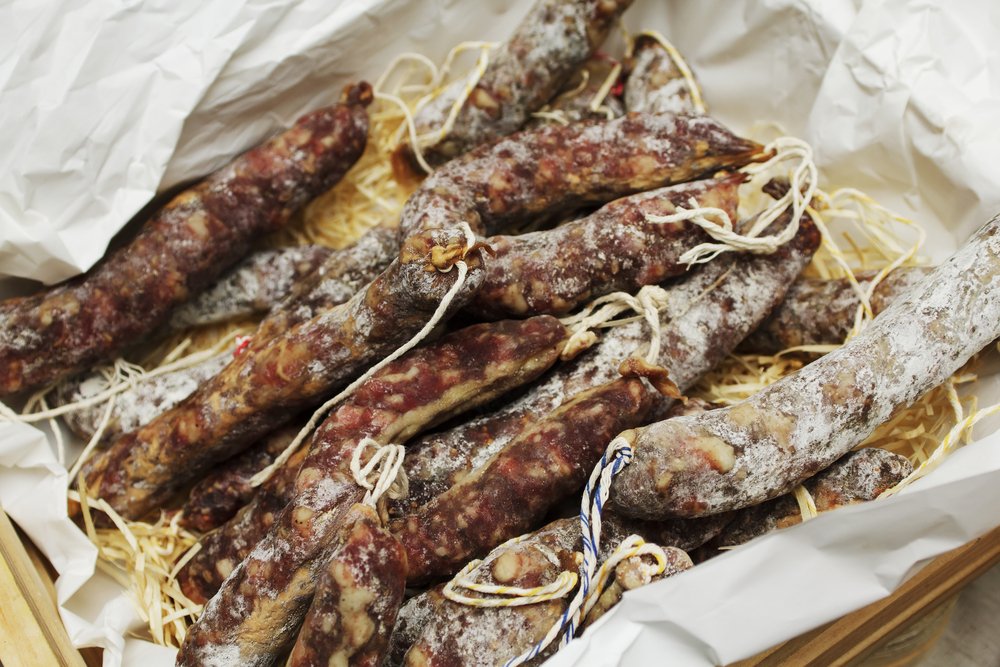
Dried meats such as jerky are excellent sources of protein and have a long shelf life. They are easy to store and provide substantial nutrition, making them ideal for emergency situations.
Nuts and Seeds: Essential Fats and Proteins
Nuts and seeds, like almonds, walnuts, and sunflower seeds, are dense in essential fatty acids and proteins. They are also high in calories, providing sustained energy. Their long shelf life and portability make them an excellent addition to any survival food kit.
Powdered Milk and Dairy Alternatives
Powdered milk is a great source of calcium and vitamins and can be used for drinking or in recipes. For those with dairy intolerances or preferences, soy or almond milk powder are good alternatives, offering similar nutritional benefits.
Storing Survival Foods
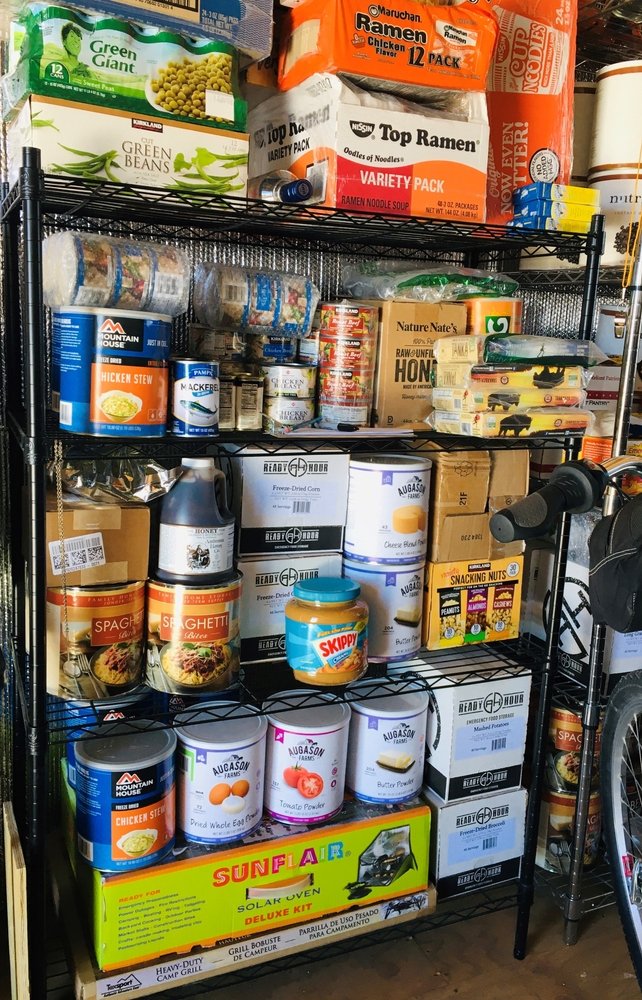
Best Practices for Long-Term Storage
Proper storage is crucial for maintaining the longevity and safety of your survival foods. Store food in cool, dry, and dark places to maximize shelf life. Use airtight containers and vacuum sealing where possible to protect against moisture and pests.
Managing Food Rotation and Expiry Dates
Regularly check and rotate your food supplies to ensure nothing is expired. Keeping an inventory with expiration dates can help manage this process efficiently.
Preparing and Cooking Survival Foods
Cooking Without Electricity or Gas
In a survival scenario, traditional cooking methods might not be available. It’s essential to have alternative methods like solar cookers, camping stoves, or even a simple fire pit. Stock up on alternative fuel sources such as propane, charcoal, or wood. Learn and practice cooking with these methods to be prepared.
Simple and Nutritious Survival Recipes
Survival cooking doesn’t have to be bland. Get creative with your food stock. Learn a few simple recipes that require minimal ingredients and preparation. Dishes like rice and beans, soups, and stews can be nutritious and filling. Experiment with different combinations of your stored foods to find what works best for you.
Building Your Survival Food Kit
How to Start and Budget for Your Kit
Building a survival food kit can be done gradually. Start by purchasing a few extra items each time you shop. Focus on bulk, non-perishable items that are on sale. Keep an eye out for deals and discounts to build your kit without breaking the bank.
Tailoring Your Kit to Your Family’s Needs
Consider the specific needs and preferences of your family. If you have children, include foods they are familiar with and enjoy. Think about any dietary restrictions or health conditions that may require special foods.
Conclusion: The Importance of Being Prepared
In conclusion, preparing for the unexpected with a well-stocked survival food kit is a wise and potentially life-saving endeavor. By focusing on the essentials and considering your family’s unique needs, you can ensure that you’re ready for any situation. Remember, the key is to start now, build gradually, and always be mindful of the balance and nutritional value of your food choices.
FAQs
- How much food should I store for an emergency? Aim to have at least a three-day supply of food per person, ideally extending to a two-week supply if possible.
- What is the best way to store water for emergencies? Store water in food-grade, durable containers in a cool, dark place. Replace it every six months to ensure freshness.
- Can I rely solely on canned foods for my survival kit? While canned foods are a great option, it’s important to have a variety of food sources to ensure a balanced diet.
- How can I make my survival food more palatable? Stock up on a variety of spices and seasonings. They can enhance the flavor of your meals and don’t take up much space.
- Is it expensive to build a survival food kit? It doesn’t have to be. Start slowly, buy in bulk, and look for sales and discounts.
Resources:
Popular Science, which discusses the importance of a varied diet for survival. It highlights that relying on a single type of food for survival can be challenging due to the different micronutrients required by our bodies. A varied diet, including a range of fruits, vegetables, grains, meats, and cheeses, is recommended for optimal health and nutrition
